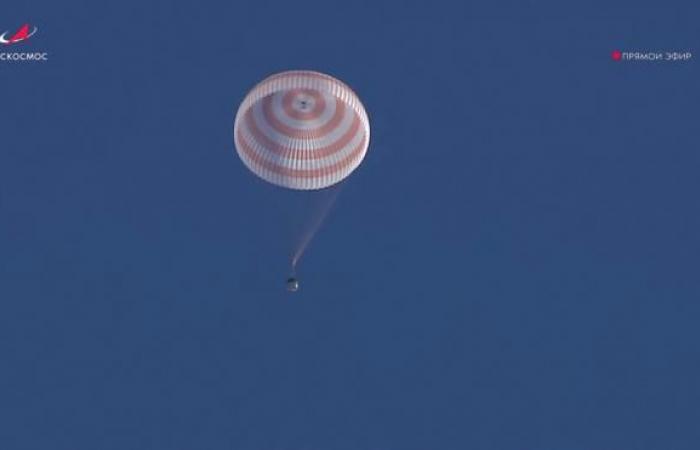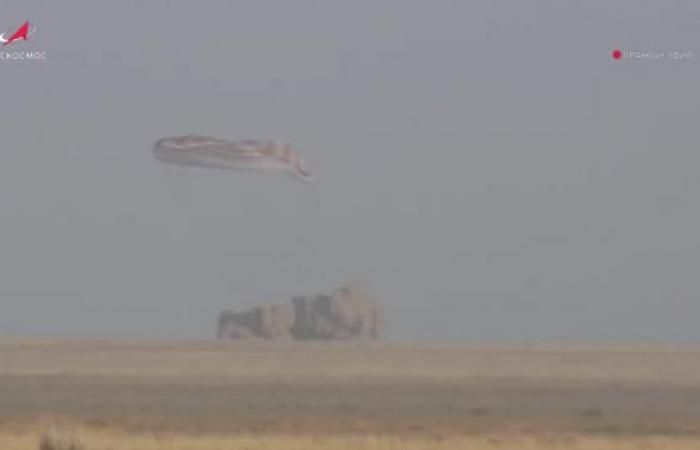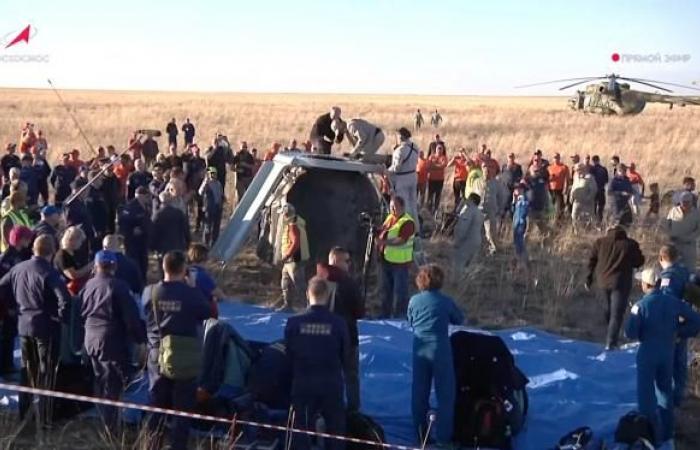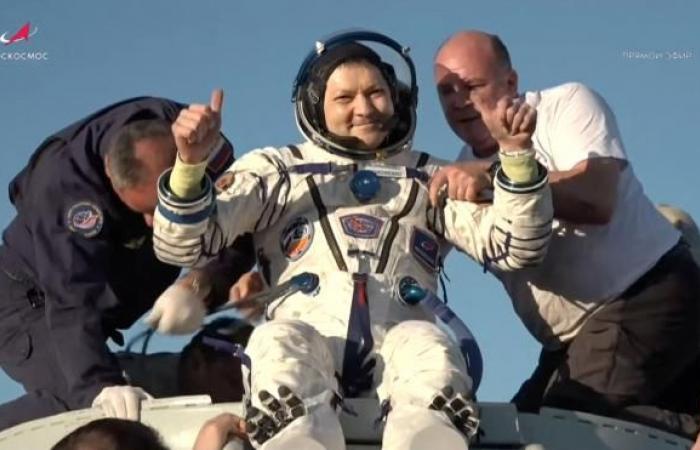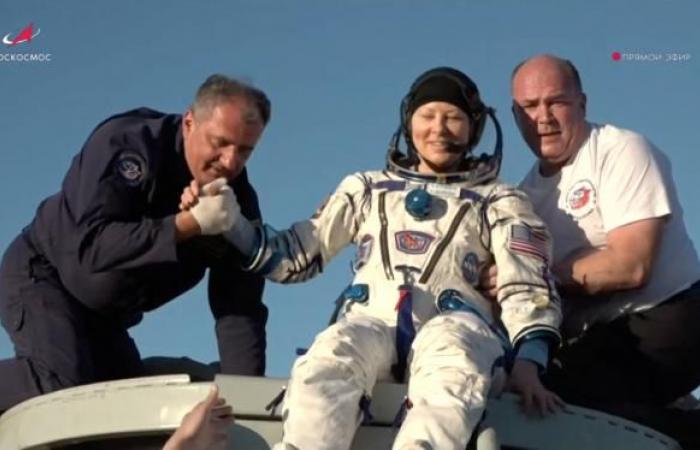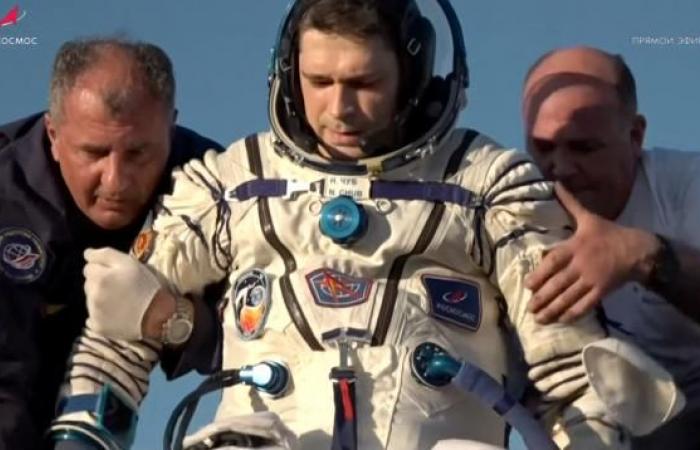DTwo Russian cosmonauts and an American NASA astronaut landed in Kazakhstan on Monday after a record stay aboard the International Space Station (ISS), according to a television broadcast by the Russian agency Roscosmos.
Also read
NASA Returns Starliner to Earth Without Crew: Boeing’s Black Series Continues
The capsule of the Soyuz MS-25 spacecraft with veteran Russian cosmonaut Oleg Kononenko, his comrade Nikolai Chub and American astronaut Tracy Dyson landed at 16:59 local time (13:59 Belgian time) in the steppes of this vast Central Asian country.
Cosmonauts Kononenko and Chub spent 374 days in space, the longest mission aboard the ISS, while Dyson took off in late March 2024.
The absolute record for the longest single stay in space is still held by Russian Valery Polyakov, who spent 438 days aboard the former space station “Mir” in 1994-1995.

Oleg Kononenko, 60, has set another record, having now accumulated 1,111 days in orbit after his fifth trip into space.
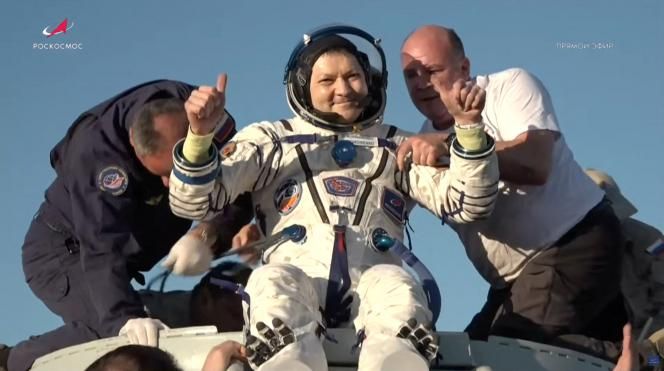
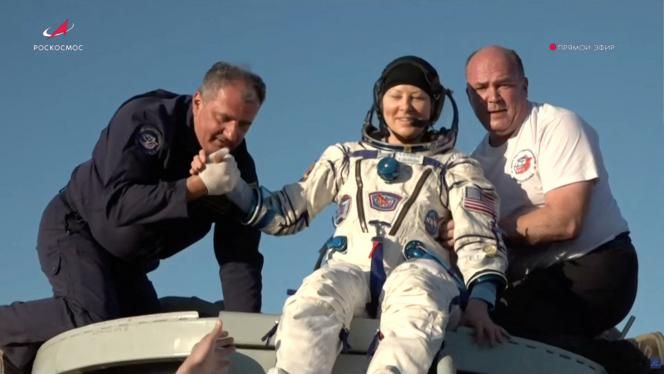
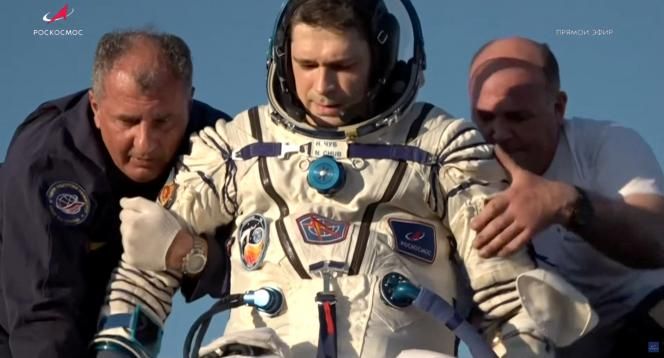
As part of sanctions against Russia in retaliation for its invasion of Ukraine, Western countries have ended their partnership with the Russian space agency Roscosmos, but Soyuz spacecraft remain one of the only means of transporting crews to the ISS.
Russia’s space sector has suffered for years from chronic underfunding, corruption scandals and failures such as the loss of the Luna-25 lunar probe in August 2023.
Also read
A new star expected in the sky, a (rare) phenomenon that puts astronomers on a war footing
These problems have not, however, dampened Russia’s ambitions, which ultimately want to build its own orbital station to replace the aging ISS and resume missions to the Moon.

